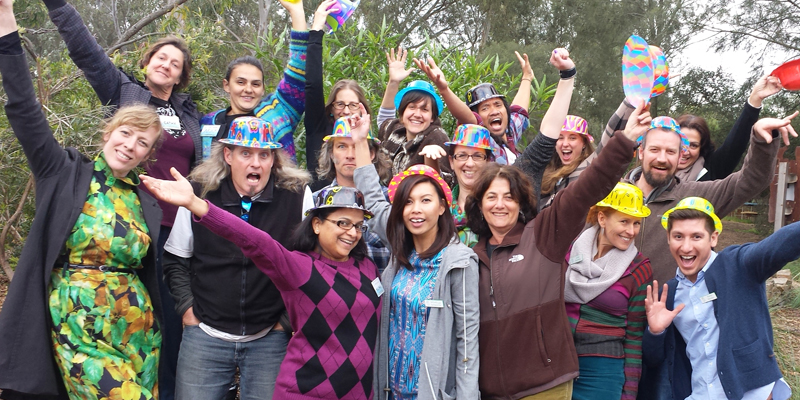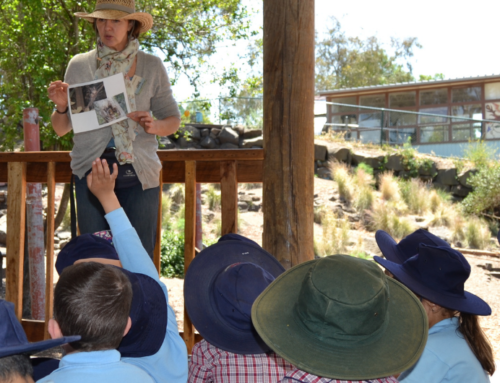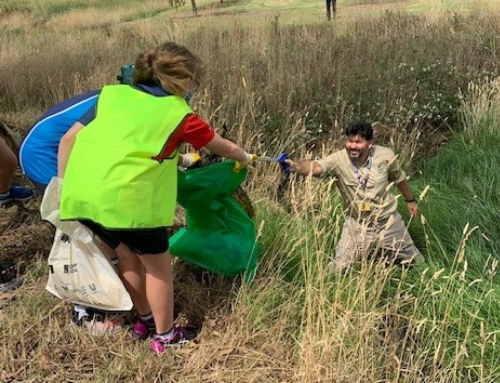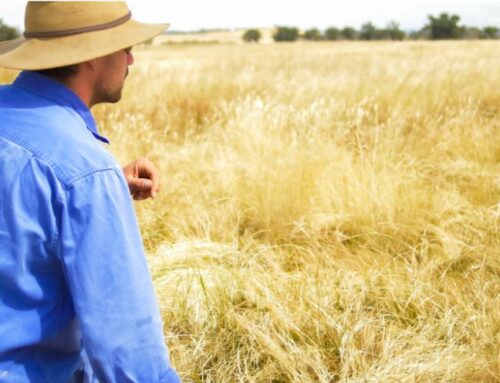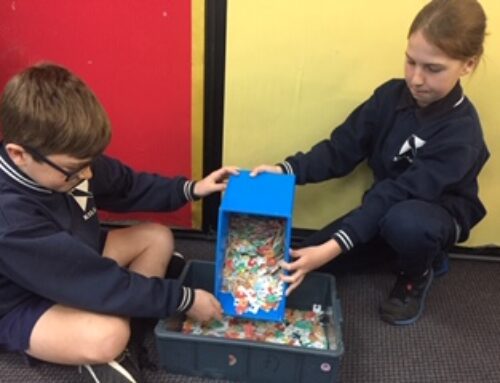Our Say: The importance of outdoor learning and taking classes outside, now more than ever
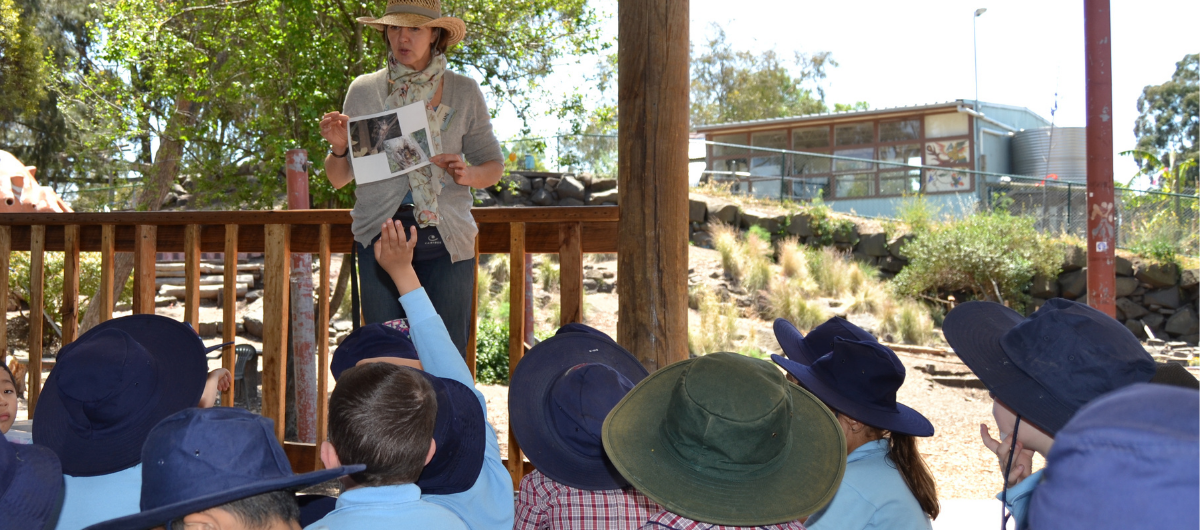
Written by Mairead Murphy
Teacher Programs Educator
Outdoor learning can provide many benefits to students’ physical and mental health as well as improving teacher satisfaction at work. The strong case for having classes outside has been documented in numerous reports. Benefits to learning outside include social, physical and mental health improvements as well as improvements to student engagement and academic scores.
The Australian curriculum lists the importance of outdoor learning for the development of young people:
“Outdoor learning engages students in practical and active learning experiences in natural environments and settings, and this typically takes place beyond the school classroom. In these environments, students develop the skills and understandings to move safely and competently while valuing a positive relationship with natural environments and promoting the sustainable use of these environments.”
Teaching outdoors can sometimes feel daunting, with unpredictable weather and overwhelming classroom and curriculum commitments. There can also at times be an expectation that student behaviour will be hard to control in the outdoors. While four walls can provide some security and a clear boundary, student behaviour has been shown to improve in the outdoors. As the Muddy Hands Australia report of 2017 has shown, when students are able to be outside and put learning into practice in the outdoors, then focus and self-regulation can increase. Learning outdoors can be important for learning the social skills of self-reliance as well as team work and interdependence. Through being outside and playing in and around natural objects such as trees, sticks and logs, young people can learn the importance of managing risk and thus become more aware of their own bodies and boundaries.
Outdoor learning can also importantly bring joy to students and teachers. While joy and happiness may not be considered key curriculum points, having happy students can lead to better engagement and attendance. The Muddy Hands Report has also shown that not only do students enjoy being in the outdoors, but teachers also report that they are happier when involving some outside learning into the day.
Outdoor Classroom Day on November 4th is a day when teachers commit to, and are supported to, take just one (or more!) classes outside for that day. From this point, teachers are shown to be more likely to take lessons outside from then on as students, teachers and the school become more accustomed to learning in the outdoors. This day can get students and school communities excited about being outdoors and encourage the whole school to continue to learn outside when possible.
In the current COVID-19 pandemic, we have seen in the importance of schools actively supporting student wellbeing. This is an area that can align nicely with sustainability and being outdoors. The Muddy Hands report has shown the importance of being outside on young people’s mental health. Outdoor play can help reset young people’s minds between classes and help to reduce stress. This connection between outdoor learning and mental wellbeing will continue to be important in many years to come. Current stressors for young people such as climate change will continue to affect young people’s mental health. Time outdoors while at school can help to promote student wellbeing and connection to nature in difficult times.
A five-year study by Natural England in 2016 showed academic improvements across multiple disciplines when classes were taken outside. This academic improvement can occur not only with subjects often associated with the outdoors such as PE, but other academic areas such as literature and dance. The teachers involved in the study reported increased productivity, engagement and attendance. The vast majority of teachers reported time outdoors led to an improvement on student behaviour.
While planning for learning outside is not something all teachers are accustomed to, it can be an area that the whole school takes on as a focus to help support teachers in this endeavour. Outdoors Victoria, in partnership with ACHPER Victoria (Australian Council Health Physical Education and Recreation), EEV (Environment Education Victoria), GTAV (Geography Teachers Association of Victoria) and Parks Victoria have created toolkits full of outdoor lessons that are divided by subject area. These outdoor lessons can provide a resource to allow teachers with limited planning time to take their lessons outdoors and still meet curriculum goals.
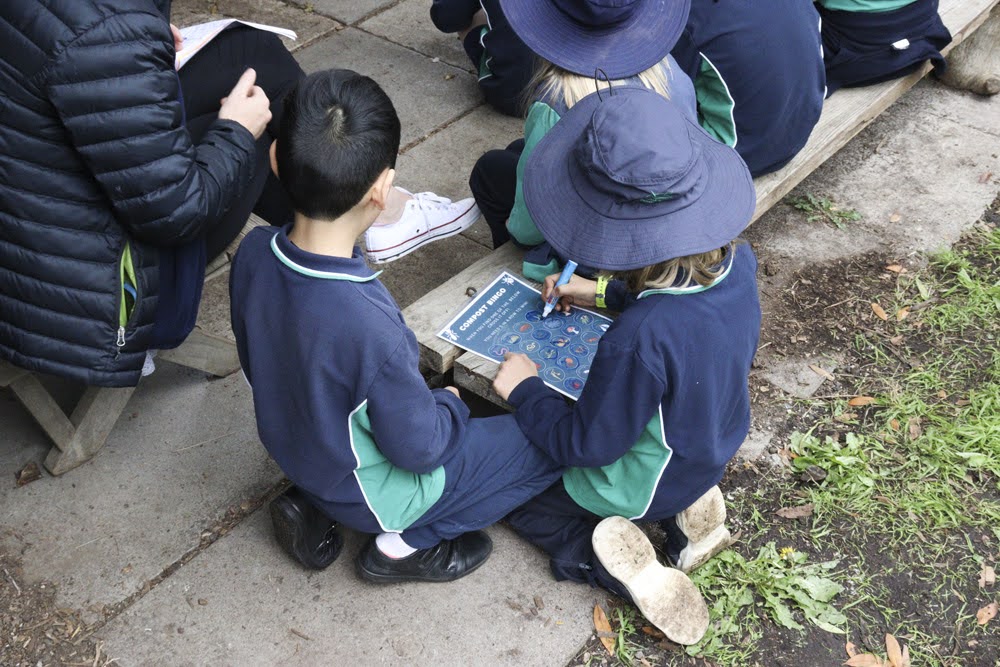
We need outdoor learning not only because of its social, academic and physical benefits, but because of the state of the world. As David Attenborough has said:
“No one will protect what they don’t care about and no one will care about what they have never experienced”- David Attenborough
If people will only protect what they know and love, then now more than ever we need to connect young people and ourselves to nature and place. Continued access to green spaces outside can develop a sense of connection to that place and more pride in school. If students can be connected to nature and comfortable in the outdoors, they are more likely to see the benefit of protecting it in the long term.
Further Resources:
Outdoors Victoria Outdoor Learning Toolkits – https://www.outdoorsvictoria.org.au/outdoor-learning-toolkits/
Australian Curriculum Outdoor Learning – https://australiancurriculum.edu.au/resources/curriculum-connections/portfolios/outdoor-learning/
Outdoor Classroom Day Muddy Hands Report – https://outdoorclassroomday.com.au/resource/muddy-hands-australia-report/
Natural England Report – https://pearl.plymouth.ac.uk/handle/10026.1/10080





